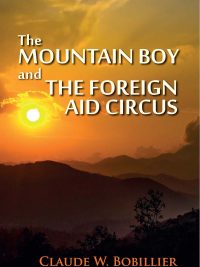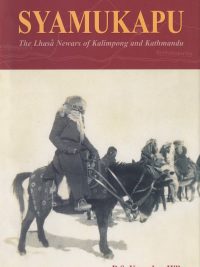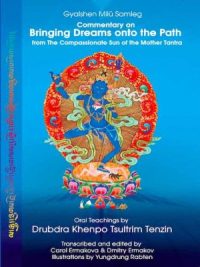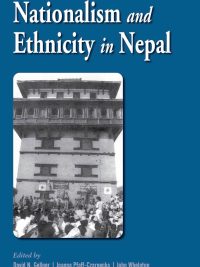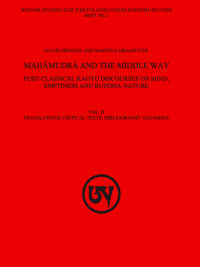Description
The Mahämudrä teachings that form the doctrinal nucleus of the various Tibetan Bka’ brgyud’ sects in Tibet have stimulated a rich heritage of philosophical, poetic and didactic writings since their inception in the 11″ century by the physician-turned-monk Sgam po pa Bsod nams rin chen (1079-1153). Yet they have also been the target of unremitting criticism by other Tibetan Buddhist schools beginning with Sa skya Pandita Kun dga’ rgyal mtshan’s (1182-1251) denunciation of certain modern-day Mahamudrã (da Ita’i phyag rgya chen po) views early in the 13″ century. As a result, the doctrinal history of Bka’ brgyud traditions has frequently been interwoven with polemics, and increasingly so as the expansion of their institutional networks and doctrinal influence brought them into closer dialogue and confrontation with other ascendant Tibetan Buddhist schools. In the midst of such exchanges, Sgam po pa’s Mahämudrä teachings have always found able defenders, and not all of them having a primary affiliation with any Bka’ brgyud lineage. Apologists have included the likes of the Sa skya master Shakya mchog Idan, and many Rnying ma masters including Klong chen rab ‘byams pa (1308-1364), Rtse le Sna tshogs rang grol (b. 1608), and Zhabs dar Tshogs drug rang grol (1781-1851). The tradition was also to some extent validated by the Dge lugs polymath Thuu kwan Chos kyi nyi ma (1737- 1802) who followed a standard liber-an rhetorical strategy of defending the purity of the early Bka’ brgyud founders while accusing modern-day proponents of various misinterpretations of their original teachings.


